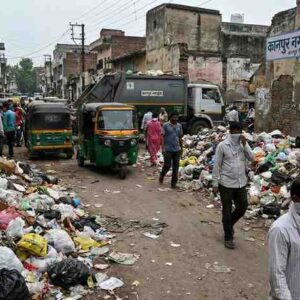The Evolving Role of CBFC in Indian Cinema
Mumbai – 2025
In India, where cinema is both a business and a battleground of ideas, theCentral Board of Film Certification (CBFC)has always played more than a regulatory role—it has shaped what millions can or cannot see.
Once reduced to rubber-stamping or snipping scenes, the CBFC now finds itself navigating a rapidly changing industry—digitally driven, politically sensitive, and creatively restless.
As filmmakers push boundaries and streaming platforms break conventions, the CBFC’s traditional model of censorship is facing a fundamental question:Is control still relevant—or is creative freedom the new standard?
From Cuts to Context: A Timeline of Transformation
Historically, CBFC certifications focused onmoral policing—removing intimacy, religious symbolism, or language considered “offensive.” The infamous battles over films like:
- Udta Punjab(2016) – where over 80 cuts were suggested
- Padmaavat(2018) – renamed, delayed, and violently protested
- Lipstick Under My Burkha(2017) – denied release for being “lady-oriented”
…illustrated aninstitution wary of social change.
However, recent years have seen a shift—not of attitude, but of relevance.
The OTT Challenge: Unchecked but Not Unnoticed
The rise of digital streaming platforms hasbypassed the CBFC entirely.
Currently, web series and direct-to-digital films are regulated through self-certification under the Ministry of Information and Broadcasting, not the CBFC.
This creates a two-tier system:
- Theatrical filmsmust pass CBFC scrutiny
- OTT contentoperates under broader creative leeway
This imbalance has fueled industry-wide debate. If audiences are mature enough for uncensored digital content,why should theatrical films face outdated censorship norms?
Internal Pressures and Political Influence
Though legally a “certification board,” CBFC decisions are ofteninfluenced by prevailing political and cultural climates.Activist groups, religious factions, and even political parties routinely demand changes or bans—often without watching the film.
Films likeThe Kerala StoryandArticle 370were fast-tracked and publicly endorsed, while other projects with critical themes on caste, minority rights, or government critique facedelays, cuts, or quiet suppression.
Even within the CBFC, there is tension betweenliberal-minded members and politically appointed chairpersons.
Reform or Redundancy?
Many in the industry argue for a complete overhaul of the CBFC’s mandate:
- Fromcensoring to rating
- Frommoral gatekeeping to content classification
- Fromexternal imposition to internal accountability
The Justice Mudgal Committee (2013) and Shyam Benegal Committee (2016) both proposed major reforms—including clearer rating systems, professional independence, and industry representation. Yet, few recommendations have been implemented.
Global Comparisons
In countries like the UK, theBritish Board of Film Classification (BBFC)uses a content-based age rating system. In the U.S., theMPAAoffers classifications without cutting or banning films outright.
India remains one of the few major democracies where agovernment-appointed board can demand edits—or deny release altogether.
The Road Ahead
Cinema is evolving faster than regulation.
Audiences are more aware. Artists are more assertive. And content, once bound by screens, now flows freely across phones and homes.
In this climate,censorship is not just outdated—it’s impractical.
If the CBFC is to stay relevant, it must reinvent itself—not as a gatekeeper of ideas, but as a guardian of age-appropriateness, fairness, and artistic integrity.
Because in the future of Indian cinema,control will not command respect—transparency will.












